When PSPINC started
7月
1日
When Pacific Software Publishing, Inc. (PSPINC) was first founded in July 1987, it began as a one-person operation on Mercer Island, Washington. I was the founder, the president, and the sole employee. Everything from business planning to software development, customer service to operations, was handled by me.
The company’s original logo, which you see here, was also something I personally designed. At that time, PSPINC focused on software localization and development, particularly for Japanese-language environments. We were known as "double-byte specialists," helping companies adapt their applications for the Japanese market—long before the Internet became a part of daily life.
It wasn't until 1996, nearly a decade after our founding, that PSPINC entered the Internet business. As the web began to reshape global communication, we saw a clear opportunity and pivoted our focus. We launched web hosting services, email systems, and eventually built our own data center to provide secure, reliable solutions to clients both in the U.S. and Japan.
Today, as we approach July 7, 2025, we begin the 38th year of PSPINC’s journey. From a solo venture to a full-service software and internet solutions company, we have grown while staying true to our roots—developing all our software in-house, providing bilingual support, and continually adapting to our clients' needs.
I am deeply grateful to everyone who has supported us through the years—our clients, our partners, and especially our employees. Your trust and collaboration have made this journey possible.
Here’s to 38 years of growth, innovation, and service—and to the many more chapters yet to come.
Kenichi Uchikura
President / CEO
Pacific Software Publishing, Inc.
ken.uchikura@pspinc.com
Twitter | Facebook | Linked In
__..-・**・-..__..-・**・-..__..-・**・-..__..-・**・-..__
ABOUT PSPINC
PSPINC (Pacific Software Publishing, Inc.) is a technology company based in Bellevue, Washington, USA. Founded in 1987, PSPINC provides web hosting, email hosting, and other internet-related services to businesses and individuals worldwide.
In addition to its hosting services, PSPINC also offers website design and development, domain registration, and online marketing services. The company has data centers located in the United States and Japan, and it offers multilingual support to its customers.
PSPINC has a strong focus on customer service, and it has received numerous awards and accolades for its quality of service over the years. The company is committed to staying up-to-date with the latest technology and industry trends in order to provide the best possible solutions for its customers.
__..-・**・-..__..-・**・-..__..-・**・-..__..-・**・-..__


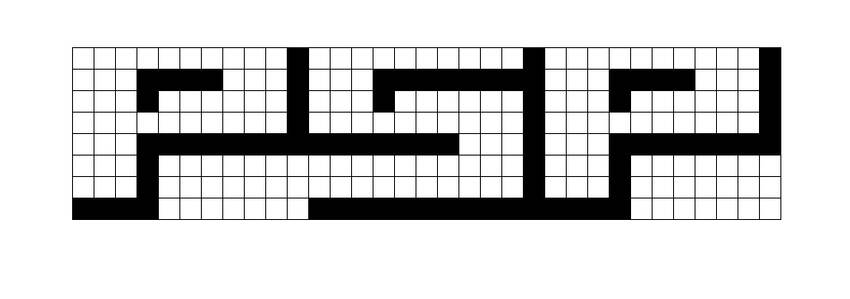
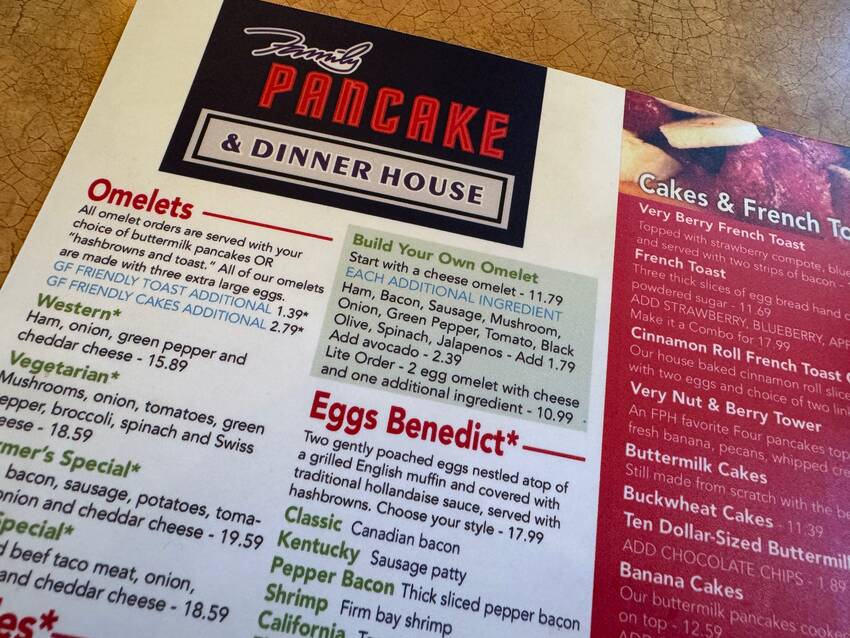




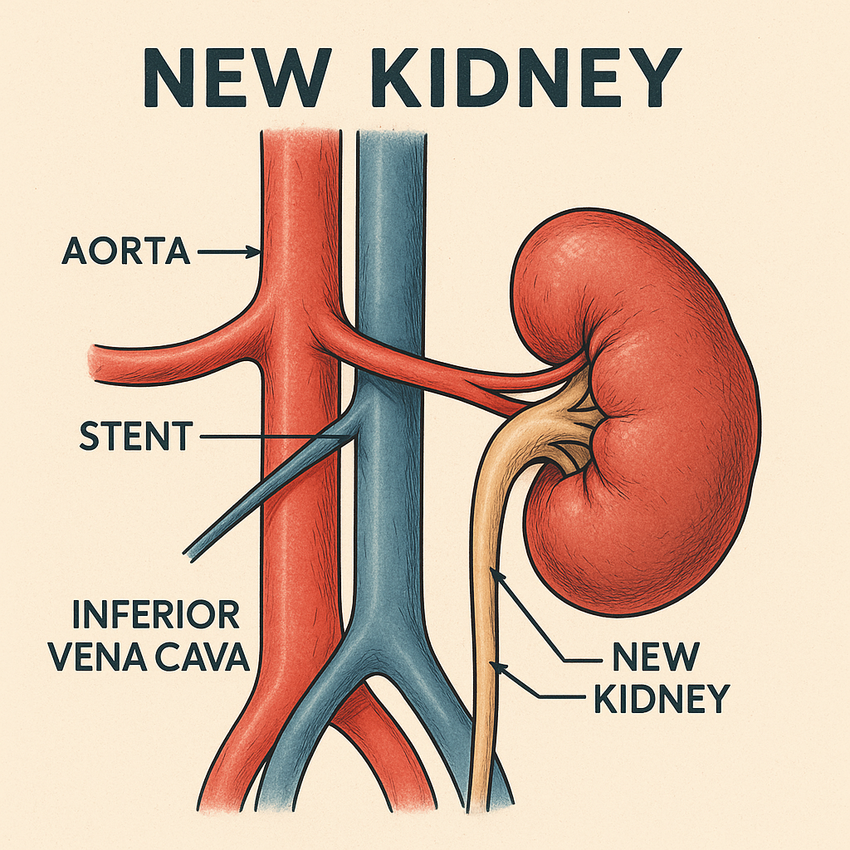





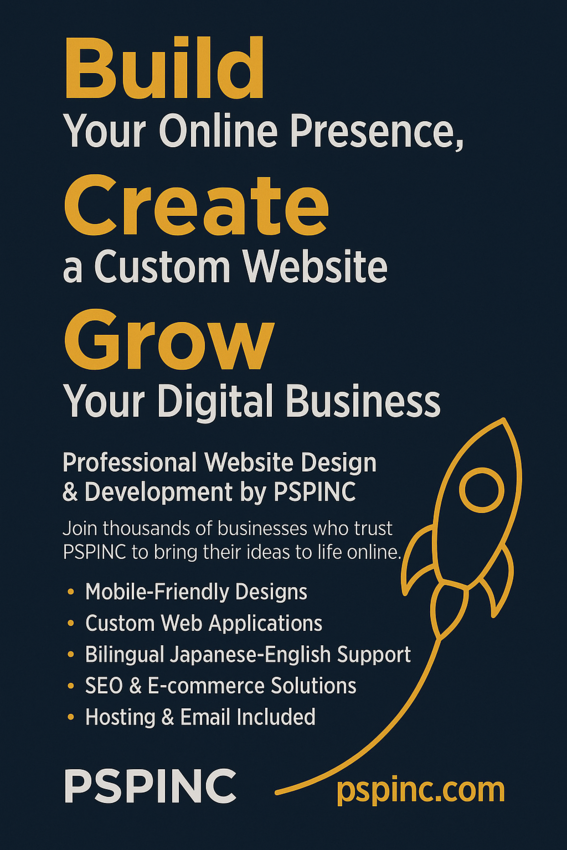
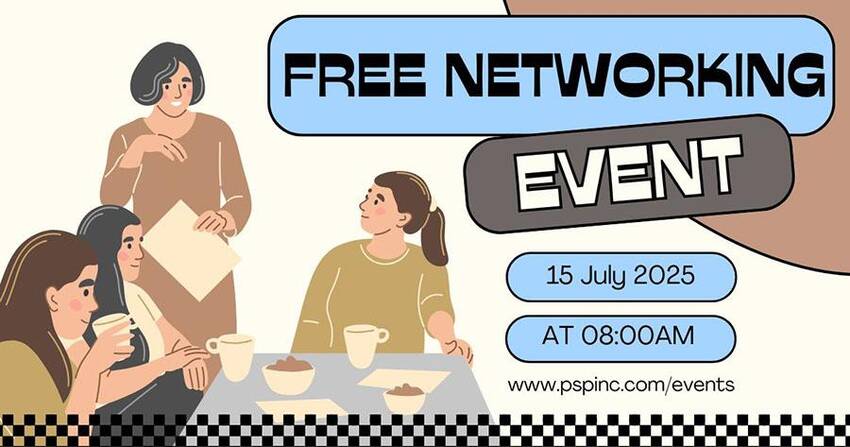















 Lupin
Lupin